Key Findings
Four Equity Themes that Demonstrated States’ Capacity to Use Data and Evidence to Achieve Equitable Outcomes
The 2021 Invest in What Works State Standard of Excellence captured evidence-based and data-driven practices to advance equity in state government. The practices included throughout the State Standard of Excellence are centered on four main themes (See them described in Introduction.)
- Embed equity in setting of strategic goals and outcomes, led by the Governor and executive branch
- Collect, use, and report disaggregated data, evidence, and results to deepen understanding impacts of policies, programs, and processes
- Build inclusive processes that provide meaningful decision-making opportunities for communities and stakeholder groups when decisions are being made that affect them
- Analyze impact of budget, policy, and management decisions through an equity lens to achieve more equitable outcomes and results for residents
States Leveraged Evidence-Based Budgeting and Grantmaking to Invest in What Works
The 2021 Invest in What Works State Standard of Excellence captured evidence-based and data-driven practices to advance equity in state government. The practices included throughout the State Standard of Excellence are centered on four main
With state decision-makers facing critical budget choices to support an economic recovery from the COVID-19 pandemic, state budget offices should rely on evidence to ensure taxpayer dollars are invested in what works. In the 2021 State Standard of Excellence, states have demonstrated progress in leveraging evidence and data to enhance the budget process. This has been done by using evidence to make budget decisions and investing in evaluation and other evidence-building activities.
Evidence-Based Budgeting
In 2021, the Colorado state legislature passed a law that aligned evidence definitions – the five-step evidence continuum – across the state’s executive and legislative branches. This codifies procedures to incorporate evidence-based research into the state budget process and encourages its expansion. The Colorado FY21-22 budget included 53 requests assessed on the evidence continuum, representing 33% of all requests and an increase from FY20-21 in the number and kind of requests assessed on the continuum. The goal of the process is to determine program effectiveness and utilize that information to make program and budget decisions.
Also in 2021, the New Mexico Legislative Finance Committee launched a new initiative called LegisStat, the first of its kind in the country. These meetings are led by the joint House-Senate committee that dives into root performance challenges (and successes), much like the PerformanceStat model. This effort supports New Mexico’s evidence-based budget. Each year, the Legislative Finance Committee issues budget instructions that provide guidance for agencies for budget expansions limited to committee priorities and evidence-based programs as promulgated by the Legislating for Results framework.
Tennessee’s newly formed Office of Evidence and Impact leads statewide efforts to build and sustain evidence-based budgeting. The office was tasked with identifying what works within the state’s $38 billion annual base budget through research and evaluation technical assistance. Since 2018, the office has partnered with the state Department of Corrections and the Department of Mental Health and Substance Abuse Services to develop pilot program inventories of Tennessee-specific programs based on the state’s tiered evidence definitions. The Office also developed cost-increase and reduction request forms, as part of the annual budget process, to preserve essential, evidence-based programming amid 12% reductions in FY21.
Rhode Island has improved budget request forms to help the state legislature to use evidence in budget processes and to allow budget teams to use an evidence lens when considering budget reductions. The Rhode Island Office of Management and Budget updated its budget requests forms that require agencies to describe a program’s proposed evidence base in the request. The office has also conducted trainings to demonstrate how evidence can be used to create more credibility for budget requests.
Evidence Building and Evidence-Based Grantmaking
Dedicating resources for evaluation can be a tremendous challenge for states. However, a few pioneering states have begun to set aside funds for program evaluation or create statewide evaluations funds to support evidence-building about what works in their state. Some examples include Minnesota’s Opiate Epidemic Response grant program, which included $300,000 (approximately 1% of the agency budget) to conduct experimental and quasi-experimental impact evaluations for opiate epidemic response grant activities. Colorado Department of Public Safety’s Juvenile Diversion Program invests 3% ($120,000) of program funds to conduct evaluations. (Related, Crime Victim Services’ competitive funding opportunities require all applicants to evaluate the effectiveness of their project.)
For the first time ever, the North Carolina FY21-23 budget includes $500,000 in non-recurring funds each year during the fiscal biennium for grants to state agencies for research and evaluation. These grants can be used for partnership with research institutions that will directly inform the agencies’ policy and program decisions and evaluate programs in achieving their intended outcomes. Colorado’s Office of State Planning and Budgeting also administers a $500,000 annual fund for program evaluation and implementation grants, which provides competitive funding for agencies to undertake evaluation and implementation science projects.
